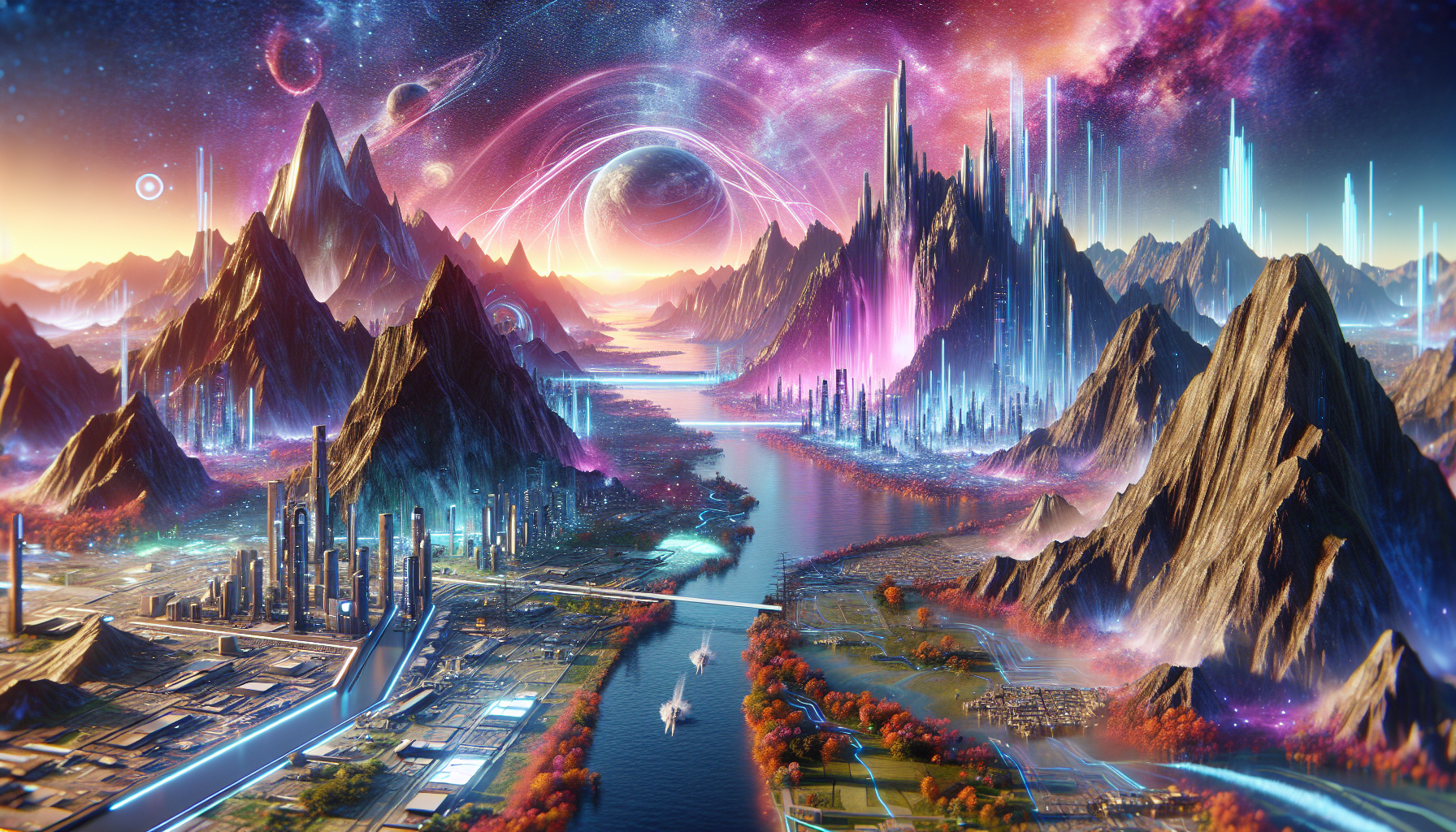As technology continues to advance at an unprecedented rate, the realm of graphics is undergoing a revolutionary transformation. The next generation of graphics promises to deliver experiences that are more immersive and realistic than anything we've seen before. This leap forward is largely driven by innovations in software algorithms, hardware capabilities, and machine learning techniques, all of which converge to create stunningly lifelike landscapes and characters.
One of the most compelling aspects of next-gen graphics is their ability to render landscapes with breathtaking fidelity. Advances in ray tracing technology enable photorealistic lighting and shadow effects, which help to create environments that look almost indistinguishable from real-world scenes. This technology simulates the way light interacts with objects, allowing for reflections, refractions, and diffusions that contribute to a deeply immersive experience for viewers. Whether it’s the shimmering reflection of sunlight on water or the complex interplay of shadows in a dense forest, next-gen graphics bring a new level of realism to digital environments.
In addition to environmental enhancements, character rendering has reached new heights. Sophisticated machine learning algorithms now allow for highly detailed skin textures, muscle movements, and facial expressions that closely mimic real human behavior. By capturing every nuance of emotion, these advancements enable characters to engage in more meaningful interactions with players or viewers. Whether in video games, animated films, or virtual reality applications, this level of detail creates a more personal connection, drawing audiences deeper into the narrative being portrayed.
Moreover, procedural generation is becoming a game-changer in crafting expansive worlds that feel organic and varied. By utilizing algorithms that mimic natural processes, game developers and digital artists can create vast landscapes filled with intricate ecosystems, weather patterns, and animal life that evolve independently and dynamically. This not only enhances the visual diversity of these worlds but also encourages exploration and discovery, as no two experiences are ever quite the same.
Haptic feedback technology is also complementing visual advancements to create multi-sensory experiences. By incorporating tactile sensations, users can feel textures, resistance, and impact, which paired with realistic graphics, strengthens the illusion of being in a virtual world. This combination is making waves in industries beyond entertainment, such as education and training, where realistic simulations can provide safe and effective learning environments.
As hardware becomes more powerful and accessible, these advanced graphics capabilities are gradually becoming available to a wider audience. High-performance GPUs, cloud computing, and optimized software frameworks are reducing the barrier to entry, allowing independent developers and smaller studios to harness these tools and push creative boundaries.
In conclusion, the next generation of graphics is setting the stage for a profound transformation in how we perceive and interact with digital content. Whether through impossibly detailed landscapes, lifelike characters, or worlds that react and adapt like those in nature, the future of graphics is poised to blur the line between the virtual and the real. As these advancements become more integrated into our everyday experiences, they will undoubtedly redefine the way we engage with digital media, opening new possibilities for storytelling and interaction. The era of truly immersive digital worlds is just beginning, and the journey ahead promises to be as exhilarating as it is transformative.
